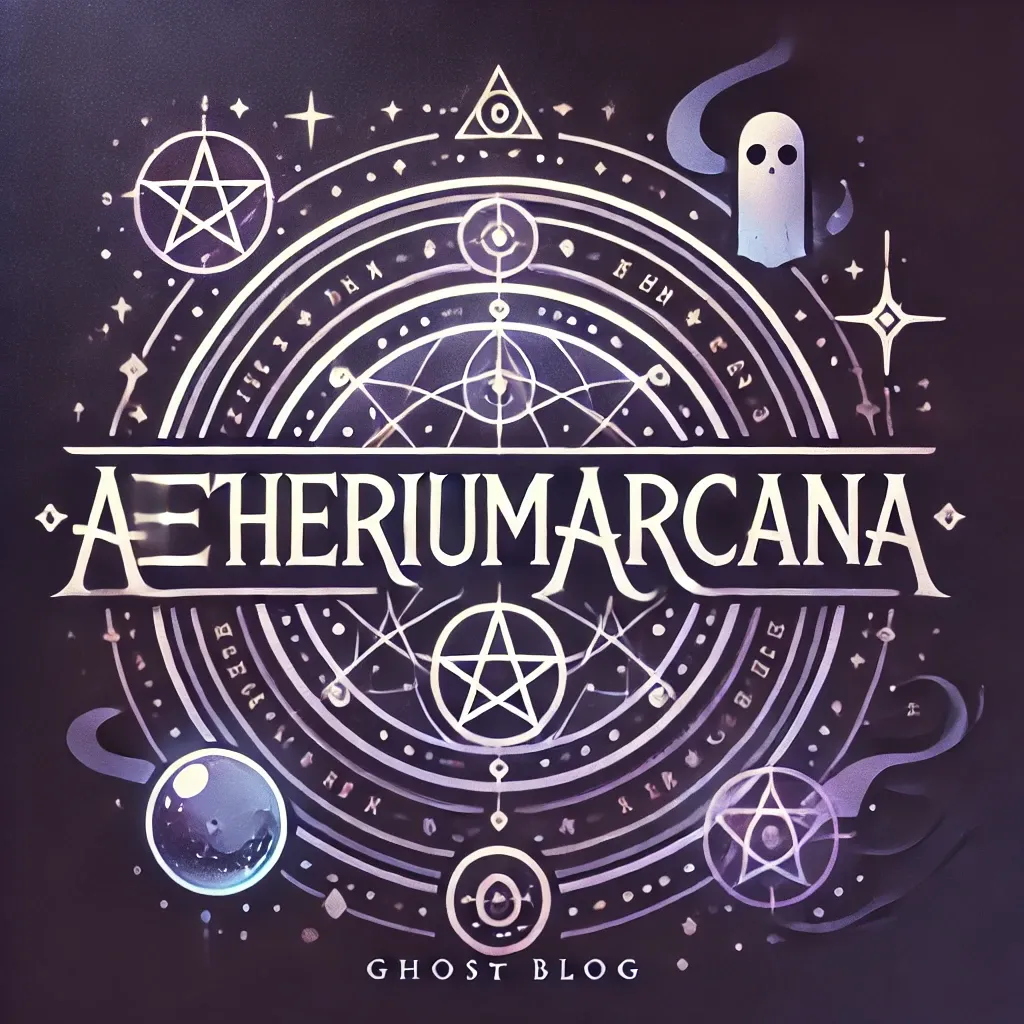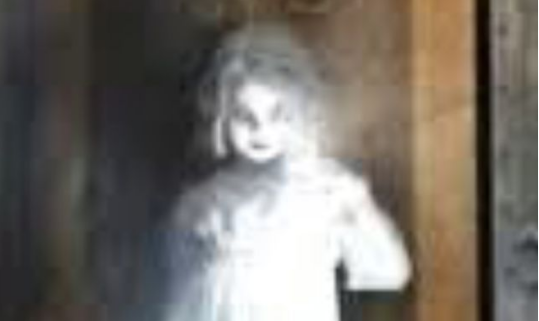This essay will explore the multifaceted role of the child ghost in Gothic literature, from its nascent appearances in the eighteenth century to its more psychologically complex manifestations in the early twentieth century. Far from a monolithic trope, the spectral child assumes distinct narrative functions that shape the reader’s psychological response. This analysis will focus on three principal categories: the Accuser, who enforces justice for past sins; the Malevolent Innocent, who subverts the ideal of childhood purity into active evil; and the Herald of a Curse, who foretells inherited doom through a passive, sorrowful presence. Through close readings of key texts—from Horace Walpole’s foundational works to the atmospheric tales of Sheridan Le Fanu, Henry James, and M. R. James—this essay will argue that the child ghost is not merely a device for shock, but a sophisticated literary tool used to probe the Gothic’s central themes of inherited guilt, the corruption of innocence, and the inescapable weight of the past.
More Than Just a Fright
Few images in the lexicon of horror unsettle more deeply than that of a ghostly child. Where the adult specter may inspire fear and the monstrous apparition revulsion, the child ghost strikes a more discordant chord: a violation not only of life’s natural order but of cultural archetype. In Western imagination the child embodies innocence, vulnerability, and futurity—a vessel for both hope and nostalgia. To see that vessel shattered, returning from the grave as an emblem of stasis or malevolence, is to confront a unique dread. This inversion of the sacred archetype is the foundational horror of the child ghost, a figure that has haunted Gothic literature since its inception.
To grasp its significance, we must move beyond seeing it as a simple fright and instead examine its distinct functions. In Gothic fiction, the child ghost emerges chiefly in three guises: as the Accuser, who enforces moral reckoning; as the Malevolent Innocent, who subverts purity into predation; and as the Herald of a Curse, who foretells ancestral doom. Tracing these modes across Gothic history illuminates how the figure reflects shifting cultural anxieties—justice and guilt in the early Gothic, social conscience in the Victorian age, and finally existential dread in the early modernist ghost story.
Our inquiry begins with the late eighteenth century and follows the ghost story’s development through the Victorian masters such as Le Fanu and Dickens, before culminating in the early weird fiction of M. R. James and H. P. Lovecraft. Within this framework, the spectral child emerges as both mirror and measure of the Gothic imagination.
The Accuser: Spectral Voices for Past Sins
The Accuser is perhaps the oldest archetype, rooted in Gothic literature’s preoccupation with moral order. These apparitions embody not chaos but consequence, returning from the grave to expose crimes and force a reckoning. Their childish form intensifies the horror: innocence itself sits in judgment.
This figure has deep folkloric roots. In ballads such as The Cruel Mother, murdered children return to confront their parent, their spectral testimony sealing her damnation. Gothic authors adapted these motifs, channeling them into narratives where the past literally refuses burial. Matthew Lewis’s The Monk deployed adult specters like the Bleeding Nun for similar ends, but the Victorians—steeped in sentimental idealizations of childhood and anxious over industrial neglect—saw particular resonance in accusing children.
Dickens exemplifies this in The Haunted Man and the Ghost’s Bargain (1848). Its ragged, hollow-eyed child is no individual victim but the incarnation of social misery, an accusing embodiment of collective guilt. Sheridan Le Fanu takes a more personal tack: in “The Vision of Tom Chuff,” the ghost of a murdered apprentice relentlessly torments his master until justice is done. Here, pity for the innocent fuses with dread for the guilty, enacting the Gothic’s moral calculus: crime creates a ghost, and the ghost demands retribution.
Yet the trope evolves. Henry James’s The Turn of the Screw complicates accusation into ambiguity. The apparitions of Quint and Jessel target not the guilty but the children, transforming Miles and Flora into both victims and accusers. Their uncanny behavior becomes a mirror of corruption, leaving the Governess—and by extension society—haunted by guilt without a clear crime. Here the child ghost ceases to be a simple device of judgment and becomes instead a symbol of moral entanglement, blurring the lines between sin, complicity, and innocence lost.
If the Accuser still presupposes a moral order, however shadowed, the next archetype—the Malevolent Innocent—represents the terror of that order’s collapse.
The Malevolent Innocent: The Corruption of Purity
If the Accuser enforces moral consequence, the Malevolent Innocent heralds the collapse of all moral frameworks. These ghosts are not victims demanding redress but predators cloaked in innocence, wielding their very childishness as a weapon. They unsettle not by enforcing justice but by denying its existence, suggesting that evil may be innate, inexplicable, and horrifyingly pure.
Le Fanu’s Carmilla anticipates this by giving vampiric predation the guise of a young girl. The innocent mask itself becomes monstrous camouflage, laying the groundwork for specters whose malice required no such rationale. M. R. James sharpened this concept with uncanny precision. In “‘Lost Hearts’” (1895), the child-ghosts Giovanni and Phoebe, though victims of Mr. Abney’s cruelty, return not as pitiful shades but as terrifying agents, clawing open chests with grotesque relish. Even more chilling is “The Mezzotint,” where a black, infant-like figure crawls across a lawn to abduct a child—an apparition stripped of identity, reduced to a primal shape of horror.
Lovecraft, inheriting James’s innovations, pushed the archetype into the realm of cosmic dread. In The Shunned House, the entity glimpsed is no ghost in the strict sense, but its malformed, infantile aspect transforms the horror of the child specter into biological abomination. Here the Gothic subversion reaches its limit: the child’s form no longer conveys innocence corrupted but a universe in which innocence never existed.
If the Malevolent Innocent terrifies by subverting purity into predation, the Herald of a Curse horrifies more quietly—by embodying the slow, inescapable doom of ancestral guilt.
The Herald of a Curse: The Weight of Ancestral Sin
Distinct from accusation or active malice is the Herald of a Curse—a figure of sorrow whose presence signals doom rather than enacts it. These ghosts do not seek resolution; they embody the lingering stain of ancestral sin, transforming narrative atmosphere with quiet fatalism.
Walpole’s Castle of Otranto already hints at this role: its apparitions, tied to dynastic prophecy, function less as characters than as symbols of doom. Later Gothic authors developed this mode, refining the child-ghost into an omen. Charlotte Brontë, in Jane Eyre, offers a particularly striking example. Jane dreams of carrying a spectral infant through a ruined Thornfield—an apparition that foretells the collapse of her marriage and reflects the hidden blight of Rochester’s family. Similarly, Mrs. Henry Wood’s The Ghost of the Nut-walk features a sorrowful child apparition that reappears to forewarn misfortune, binding haunt to place rather than crime. These figures are not agents but symptoms: blossoms of a poisoned soil, emblems of an inescapable past.
If the Herald whispers of inexorable destiny, the figure of the child ghost in all its forms becomes, finally, a barometer for the Gothic itself.
The Child Ghost as Gothic Barometer
Seen across these three modes, the child ghost proves one of Gothic literature’s most adaptable and resonant figures. The Accuser enforces moral consequence, the Malevolent Innocent subverts purity into predation, and the Herald foretells ancestral doom. Taken together, their evolution charts Gothic literature’s shifting concerns: from eighteenth-century justice, to Victorian conscience, to modernist dread of a meaningless cosmos.
The spectral child thus becomes a Gothic barometer, sensitive to the anxieties of its age. Its enduring power lies in its capacity to embody the deepest cultural fears: the persistence of sin, the corruption of innocence, and the terror that the universe may be fundamentally hostile to human meaning. That power has not waned. Later horror—from The Shining’s spectral twins to The Ring’s vengeful Samara—reimagines the same archetypes for new audiences, proving that the figure remains one of literature’s and cinema’s most chilling emblems. Far more than a fleeting fright, the child ghost endures as a mirror of our darkest reckonings with guilt, innocence, and the burden of the past.
Bibliography
Brontë, Charlotte. Jane Eyre. Edited by Richard J. Dunn. 3rd ed. New York: W. W. Norton & Company, 2001. First published 1847.
Child, Francis James, ed. The English and Scottish Popular Ballads. Vol. 1. Boston: Houghton, Mifflin and Company, 1882. (“The Cruel Mother.”)
Dickens, Charles. The Haunted Man and the Ghost’s Bargain. In Christmas Books, 277–365. Oxford: Oxford University Press, 1988. First published 1848.
James, Henry. The Turn of the Screw. Edited by Deborah Esch. New York: W. W. Norton & Company, 1999. First published 1898.
James, M. R. Ghost Stories of an Antiquary. London: Edward Arnold, 1904. (“Lost Hearts” and “The Mezzotint.”)
Le Fanu, Sheridan. In a Glass Darkly. London: Richard Bentley and Son, 1872. (“Carmilla.”)
———. The Purcell Papers. Vol. 3. London: Richard Bentley and Son, 1880. (“The Vision of Tom Chuff.” First published 1870.)
Lewis, Matthew. The Monk. Edited by Howard Anderson. Oxford: Oxford University Press, 1998. First published 1796.
Lovecraft, H. P. “The Shunned House.” In The Dunwich Horror and Others, edited by August Derleth, 161–85. Sauk City, WI: Arkham House, 1963. First published 1924.
Walpole, Horace. The Castle of Otranto. Edited by W. S. Lewis. Oxford: Oxford University Press, 2008. First published 1764.
Wood, Mrs. Henry [Ellen Price]. “The Ghost of the Nut-walk.” New Monthly Magazine 131 (1864): 317–36.
om tat sat


Member discussion: